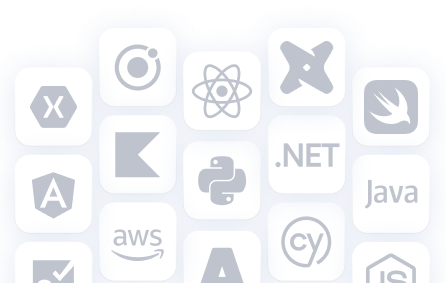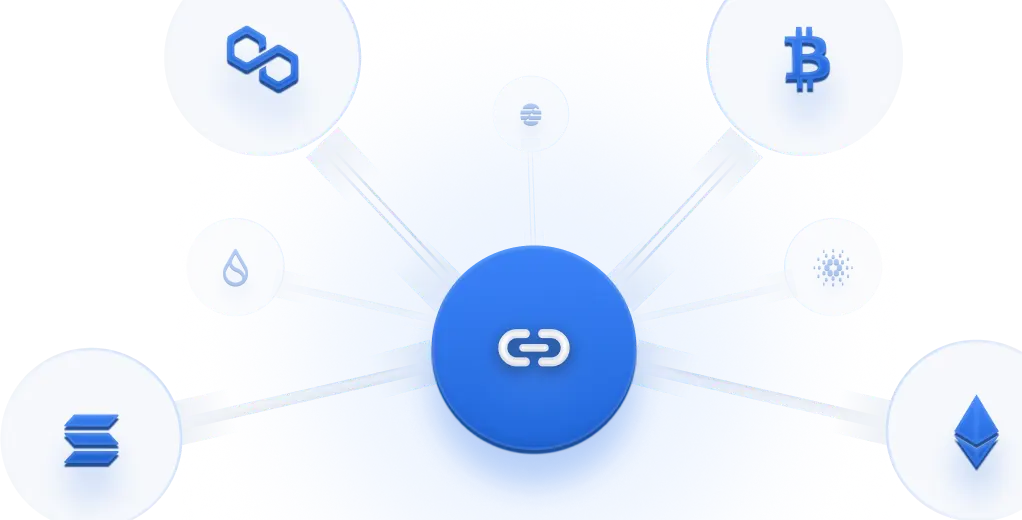How it works
Workflow
Successful projects are borne out of a carefully devised process. Having built a number of startups of our own, we have developed expertise in rapid application development so that both we and our customers can quickly get to market. Take a look into each step of the creative process.
01
Gather Requirements
First, the customer describes their idea for a program at a basic level. We now work with the customer to determine what are the essential elements to bring that product to market
02
Concept Creation
We present the customer with a high level design and an approximate budget. At this point, based on the budget, a customer might add or remove elements of the MVP.
03
Design (UI/UX)
Even the most innovative software is useless if it cannot be understood by its users. CST’s graphics designers work on initial screens to come up with an overall look and feel with the customer. Enough screens are built to ensure that the design is finalized in weeks, if not months, prior to the engineers starting to work on those sections.
04
Sprints
It can be difficult to trust an organization with your original ideas, especially if you don’t see their finished product until it’s completed. In order to regularly incorporate feedback, we develop and present to the client in periods of two to three weeks called “sprints.” Each sprint follows an Agile methodology (Plan, Design, Develop, Test, Deploy, Review, and Repeat) to ensure that the development team and the customer are always in sync. Additionally, daily in-team stand-ups allow everyone to ask questions so that the project never strays far off path.
05
Product Testing
Every software engineer, no matter how careful they are, or level of experience, develops software defects. It is critical that skilled QA engineers know not only how to find problems through the user interface, but how to test everything that's happening behind the scenes.
06
Go Live
Only once the above steps have been completed will their MVP be ready for production. We take pride in a job well done, and our programmers will only give their final seal of approval once they attain the level of polish that CST products possess.
07
Continous Improvement
Cornerstone’s partnership with our clients does not end when the product goes live. Continuous improvement is an iterative method for identifying opportunities enhancing the solution and incorporating customer feedback into the product.






